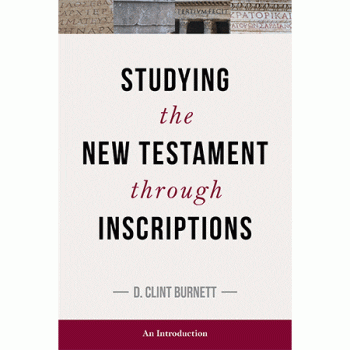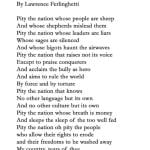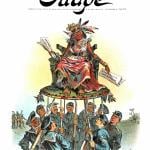Discovering Genesis: Content, Interpretation, Reception
Grand Rapids, MI: Eerdmans, 2016.
Available at Amazon.com
By Lynsey Stepan
Iain Provan’s Genesis commentary, Discovering Genesis: Content, Interpretation, Reception, addresses the difficult interpretive questions stemming from the narrative sections in an easy to understand format. Provan organizes his commentary by first laying out how Genesis has been read throughout history, and second offering a slightly altered schema for modern readers. Provan’s suggestion, while not new, is tremendously helpful particularly for reading the Creation narrative and the early sections of Genesis. Provan submits that the literal meaning of the text cannot be understood apart from the Ancient Near East (ANE) context in which the text is located (pg. 45). He encourages readers of the text to only ask questions that the text is prepared to answer. As readers we cannot bring our modern questions and worldviews into the author’s purposes for writing.
After proposing how the text should be read, Provan breaks down the text into twelve acts and addresses them in seven chapters: 1) Creation (Gen. 1:1–2:25), 2) The entrance of evil (Gen. 3:1–24), 3) From Cain to the great flood (Gen. 4:1–6:8, 4) From Noah to the tower of Babel (Gen. 6:9–11:26, 5) Abraham, Sarah, and Isaac (11:27–25:18), 6) The Jacob Story (25:19-37:1), and 7) The Joseph story (37:2–50:26). In chapter one, covering the Creation narrative, Provan addresses several of the main theological questions, including: the apparent duplicity of the creation account, the quandary over literal 24 hour days, the location of Eden, the origin of evil, etc. However, he concludes that the text is not trying to answer these types of questions. Instead of trying to find the answers to our modern Enlightenment type questions, Provan suggests that we read the text through the lens of its purpose. The purpose of the text is to show how YHWH is distinct from any other god(s) in ANE creation accounts.
Provan prefers the idea, also espoused by John Walton, that Eden is symbolic of YHWH’s temple and that humans are the image-bearers within the temple (pgs. 55–58). One of his more interesting assertions is that the proper translation of אָדָם is “earthling” and not “man.” He suggests that gender was not distinguished until woman was created. This idea has implications for what it means for humanity to be “made in God’s image.” I must admit that one of the more difficult comments Provan proposes is that humanity does not have to live under the curse (Gen. 3:16–17) when he states, “But the OT does not regard it as inevitable that we must live in the world of Genesis 3, and indeed it urges us not to do so, but in turning to God to know a different world” (pg. 94). What I think he is suggesting is that when we live by the Holy Spirit, Christ followers can disempower the curse. While this is true, I would suggest that we are still living in a world defined by the curse—broken by sin, including Christ followers. God’s curse is His word. It should not be understood as something that a Christ follower can disregard, all humans deal with its consequences. Christians have the power to live free from the curse, but we are still among it and can act in accordance with it.
In the bigger picture, Provan outlines how the blessing of Abraham is carried throughout the entire Genesis narrative. Provan even states that because of Abraham’s trust (הֶאֱמִ֖ן), “Israel owes its existence to God and Abraham” (pg. 134). While I’m not prepared to go that far, he makes an excellent point that Genesis 38 was inserted into Joseph’s narrative for the chief purpose of showing how close Judah’s line was to becoming extinct as well as how Judah would ultimately become more important than Joseph to the redemption narrative (Gen. 49; pg. 187). One unique aspect of this commentary is that Provan includes how that narrative has been used in art, literature, music, and theatre in the past.
Although I am not sure if I agree with all of the author’s conclusions, they are clearly and succinctly stated. I would prefer more evidence were included, rather than simply an exposition of past and current interpretations. My only critique is that the summary of a particular narrative within a chapter can occasionally feel rushed (e.g. the section ‘Jacob and his brothers Genesis 42:1–45:15), but it may be because it is written for an audience who does not desire in-depthanalysis. Regardless of audience target, I also wish for the actual Hebrew words, not only a transliteration. Overall, Iain Provan has written a thoughtful commentary for people with varying degrees of Biblical knowledge on the book of Genesis.










